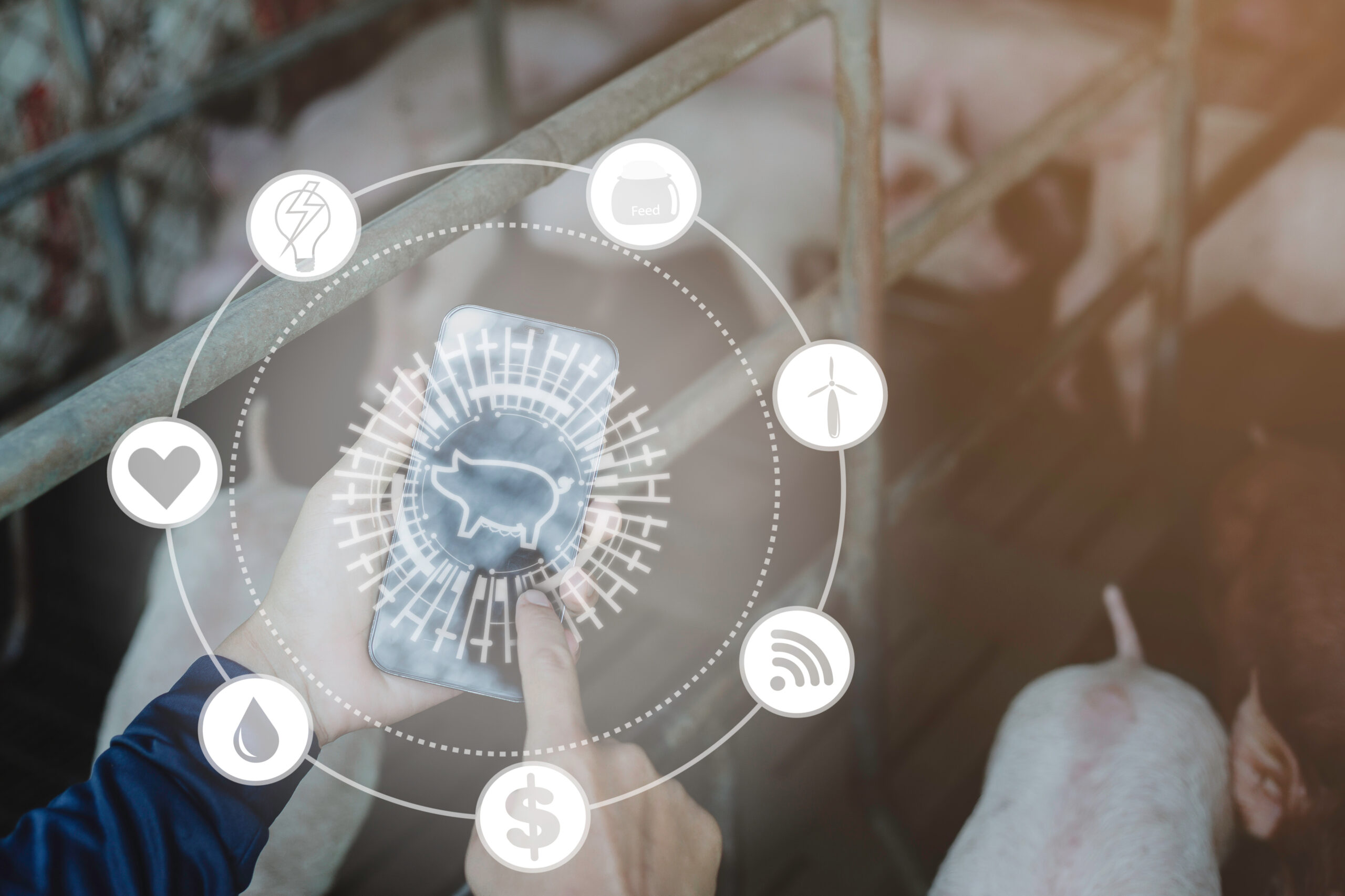14 May 2025

Mining still provides much of the raw materials that make our every-day objects, and steel is arguably one of the most essential to our every-day needs, making up core elements in everything from buildings to electric devices. The demand for steel is a reflection of our reliance on it. According to the worldsteel Short Range Outlook for October 2019, global steel demand is forecasted to grow by 3.9% in 2019 and another 1.7% in 2020 and remains resilient despite uncertain market conditions
Mining still provides much of the raw materials that make our every-day objects, and steel is arguably one of the most essential to our every-day needs, making up core elements in everything from buildings to electric devices. The demand for steel is a reflection of our reliance on it. According to the worldsteel Short Range Outlook for October 2019, global steel demand is forecasted to grow by 3.9% in 2019 and another 1.7% in 2020 and remains resilient despite uncertain market conditions.
To meet the current demand for steel, iron ore must be mined at larger quantities, which has put additional pressure on the industry to perform.
Mining has traditionally been a very damaging and wasteful process. Historically, a boom in demand has resulted in more mines being opened over the short term, reserves being emptied and new mines set up quickly, without establishing any structure that could benefit the society around the mine, or consideration for the environment.
Australia Mining says sustainable mining is essential to meet ongoing demand. Miners must keep up with modern practice and longer term mining setups to not only stay sustainable, but also to remain competitive.
This is especially the case after iron ore prices plunged this November (although this price is still historically really good – currently at 82.09 USD/t up from roughly $75 USD/t in January 2019). The falling price is also more likely to hurt unsustainable steel and iron manufacturers.
The most obvious reason is that, the more unsustainable practices are usually also the most costly as compared to the price of the product. A mine with a short life will overall have a higher cost, because of the initial expenditure of establishing the mine. Similarly, a mine with a low iron grade – which is more polluting in steel manufacturing – costs the same to mine as a higher grade but only takes home a fraction of the price.
China is a perfect example of why grade makes or breaks a mine in today’s market. Although China produces plenty of its own iron ore most of it is low-grade with a Fe percentage of 30% or below. Turning low-grade iron ore into steel is polluting and costly and, with new environmental reforms imposed by the Chinese government, has become financially unfeasible for Chinese steel-producers who would rather buy imported high-grade iron.
The Blue Sky Initiative (2018-2020) requires steel-makers to cut their production over winter, which means they have to turn to import high-grade iron ore to stay cost-effective and meet regulations. In 2017, China imported 1.07 billion tonnes of iron ore, with 62% coming from Australia.
With China and many other large economies turning to high grade iron ore imports, mines producing low-grade iron ore are facing challenges. Australia’s largest low-grade ore producer, Fortescue Metals Group that mines a 60.1% Fe iron grade product, had an 18% loss in 2018 as the demand for low-grade iron ore is softening.
Sufficient mine life and surrounding infrastructure are also becoming increasingly important. Broken Hill is an example of a sustainable mining region that ticks all the boxes. Famous for its longevity, after 110 years, the area still produces impressive amounts of world-class metals while supporting the region’s economy, environment, and people. The mines support locals with education, employment, financing, and community projects.
Production methods and mining methods also play a large role in sustainability of mining. There is a lot of room for innovation and technological solutions in metal mining. According to McKinsey & Co., energy efficient iron and steel could save $278 billion in resources by 2030. Broken Hill uses cost-effective methods such as Vertical Crater Retreat and Undercut and Fill to bring extraction to 100%. The innovative processes eliminate the need to scope out new sites every few years and the environmental impact is limited to a smaller area. Some of the miners currently operating around Broken Hill are Perilya Limited, CBH and Carpentaria Resources.
As we move into Iron Rush 2.0, Broken Hill shows us that long-term vision is the way to sustainable mining in regards to both mine life and grade. While mines with good longevity provide better economic, environmental, and social outcomes, the importance of ‘paying the iron price’ has never been more of a consideration when it comes to the strength of high-grade iron products.
Receive company updates from Carpentaria Resources by registering on their Investor Centre.
Reach Markets have been engaged by CAP to assist with private investor management.
Past performance is not a reliable indicator of future performance.


